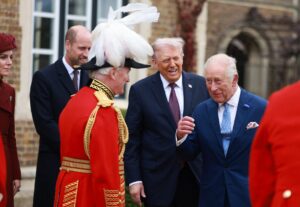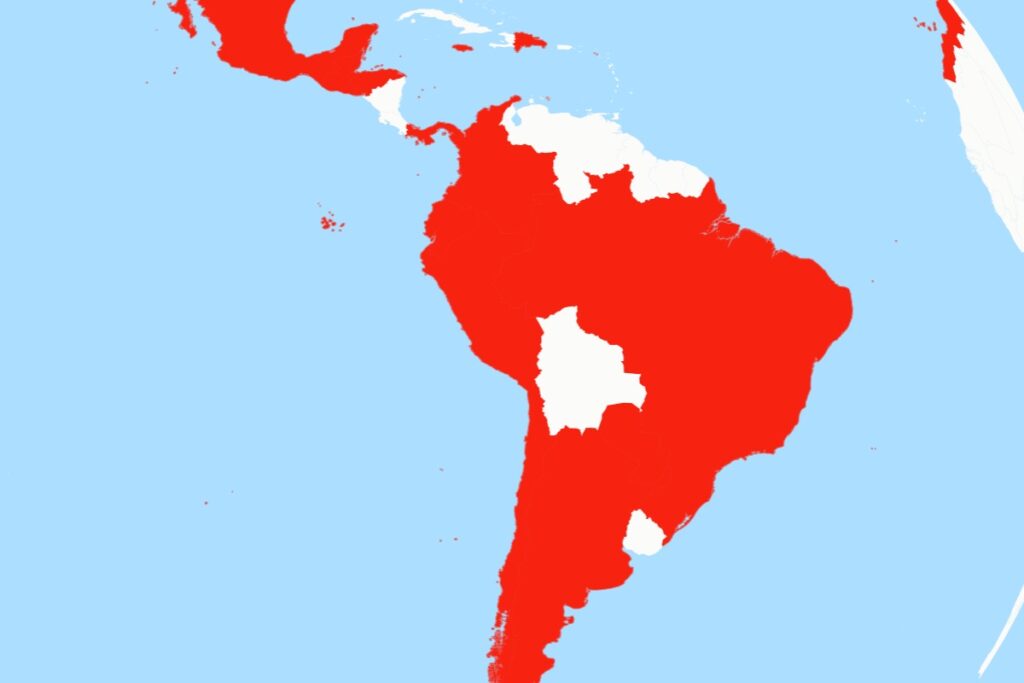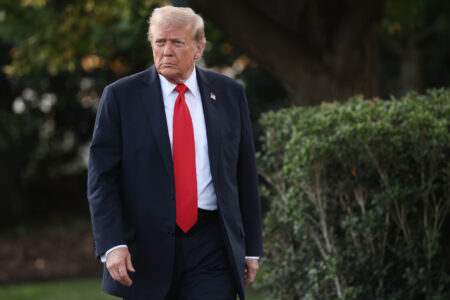A Newsweek map shows over a dozen countries in Latin America participating in a war game hosted by the United States as tensions in the Caribbean remain high.
Exercise UNITAS 2025 commenced on Monday and is scheduled to conclude on October 6, featuring about 8,000 personnel from 25 countries, including Argentina, Belize, Brazil, Chile, Colombia, the Dominican Republic, Ecuador, El Salvador, Guatemala, Honduras, Jamaica, Mexico, Panama, Paraguay and Peru.
UNITAS—Latin for unity, united or oneness—is the world’s longest-running annual multinational maritime drill, according to the U.S. Naval Forces Southern Command.
Why It Matters
The U.S. maintains a strong military presence in the Caribbean—including warships and fighter jets—as part of its intensified war against the cartels. In recent weeks, President Donald Trump has said U.S. forces have struck three Venezuelan drug boats.
The multinational drill comes as Latin America and the Caribbean—which have long been seen as part of U.S.’s sphere of influence—have witnessed the expansion of Russian and Chinese footprints, including military deployments and economic activities.
This also marked the second time in recent months that the U.S. has held war games with Latin American nations. In July, U.S. and Panamanian forces trained to safeguard the security of the Panama Canal and other strategic infrastructure in the country.
What To Know
Canada, France, Germany, Greece, Italy, Japan, Morocco, the Netherlands, Spain and the U.S. have also deployed aircraft, ships and submarines for the drill, which seeks to strengthen cooperation, enhance operational readiness and foster partnerships.
Participating forces would conduct operations off the U.S. East Coast and ashore near Naval Station Mayport in Florida, Marine Corps Base Camp Lejeune in North Carolina and Naval Station Norfolk in Virginia, the U.S. Naval Forces Southern Command said.
The exercise, which comes to its 66th iteration, included in-port and underway phases, with the latter featuring live-fire drills—such as a ship-sinking event and a ship-to-shore landing and force withdrawal, demonstrating amphibious capabilities.
UNITAS 2025 is almost here!#USNavy‘s USS Arlington, the Ecuadorian Navy ships BAE Manabi and BAE Imbabura, and Guatemala’s Quetzal have officially arrived.
UNITAS 2025, is the 66th iteration of the world’s longest-running multinational maritime exercise. Latin for Unity, UNITAS… pic.twitter.com/u40DbgpZ5W— USNAVSO_4THFLT (@NAVSOUS4THFLT) September 14, 2025
According to the U.S. Marine Corps, over 2,000 Marines and foreign service members will conduct realistic training, including visit, board, search and seizure (VBSS).
VBSS refers to maritime boarding operations designed to capture enemy ships; combat terrorism, piracy and smuggling; and conduct customs, safety and other inspections.
“By operating together in realistic, complex scenarios, participants improve their ability to respond collectively to crises, deter aggression and support peace and security across the Americas,” the U.S. Marine Corps Forces South said in a news release on Friday.
“UNITAS is an extraordinary opportunity for us to unite, operate, enhance proficiency, and improve interoperability of participating forces to respond to common threats,” said Rear Admiral Carlos Sardiello, the head of the U.S. Naval Forces Southern Command.
“Our combined efforts as a maritime sea service are critical to ensuring free and open seas,” the commander said, adding that this year’s exercise theme was celebrating the enduring strength of alliances and the upcoming 250th anniversary of the U.S. Navy.
What People Are Saying
The U.S. Naval Forces Southern Command said in a news release on Monday: “Through a blend of advanced warfare training, cultural exchange, and historical commemoration, the goal for the exercise is to collaboratively demonstrate the commitment to maritime security, crisis response, and the shared values that unite all participating forces in the defense of freedom and global stability.”
Lieutenant General Leonard Anderson IV, the commander of the U.S. Marine Corps Forces South and the Marine Forces Reserve, said in a news release on Friday: “This year’s exercise will help us become a more integrated naval expeditionary force with the U.S. Navy and build upon the amphibious and littoral combat power of all the participants.”
What Happens Next
It remains to be seen whether the U.S. military will conduct further exercises with Latin American countries to signal its power in the region.
Read the full article here















